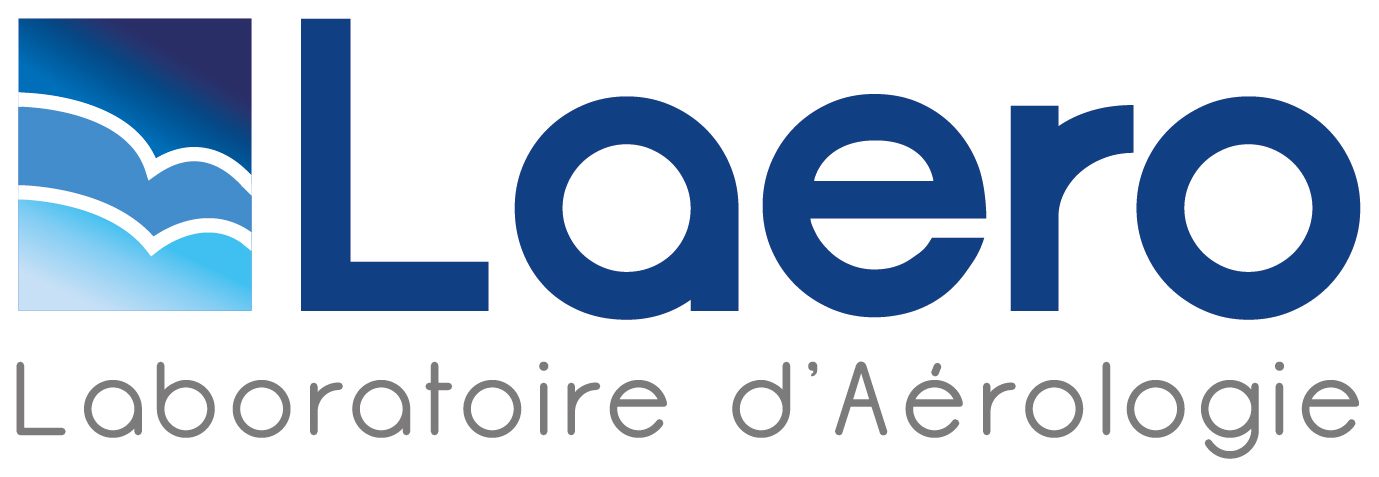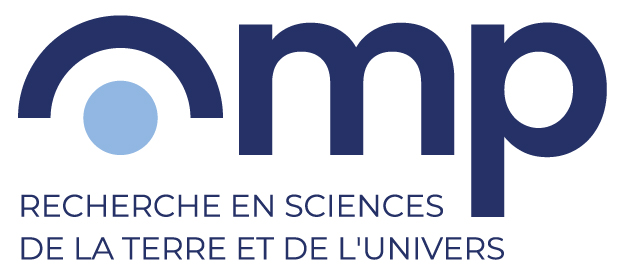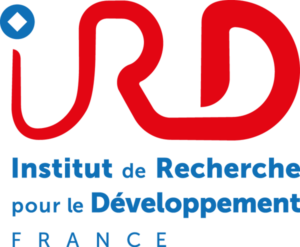Daniel Kirshbaum: Initiation of deep convection over an idealized mesoscale convergence line
Abstract: This study performs cloud-resolving simulations of cumulus convection over an idealized surface-based convergence zone, to investigate the mechanisms and sensitivities of deep-convection initiation forced by mesoscale ascent. The surface convergence forms in response to a localized diurnal heating anomaly over an otherwise homogenous and unheated surface, producing a strong and narrow boundary-layer updraft over the centre of the heat source.This updraft gives rise to a line of cumuli that gradually deepens and, in some cases, transitions to deep convection. To statistically investigate the factors controlling this transition, a new thermal-tracking algorithm is developed that follows incipient cumulus cores as they ascend through the troposphere.This tool is used to isolate the impacts of key environmental parameters (cloud-layer lapse rate, mid-level humidity, etc.) and initial core parameters near cloud base (horizontal area, vertical velocity, etc.) on the ultimate cloud-top height.In general, the initial core area determines which thermals in a given cloud field undergo the deepest ascent, and the sensitivity of cloud depth to initial core area increases in environments that are more hostile to deep convection.This sensitivity stems from the dependence of core dilution on cloud size: larger cores are less diluted by a given amount of entrainment and thereby maintain positive buoyancies deeper into the troposphere.In addition, diurnal midlevel moistening from detraining cumuli above the convergence line produces a small but robust enhancement in cloud-top height, particularly for smaller cores that would otherwise struggle to reach deep levels.






